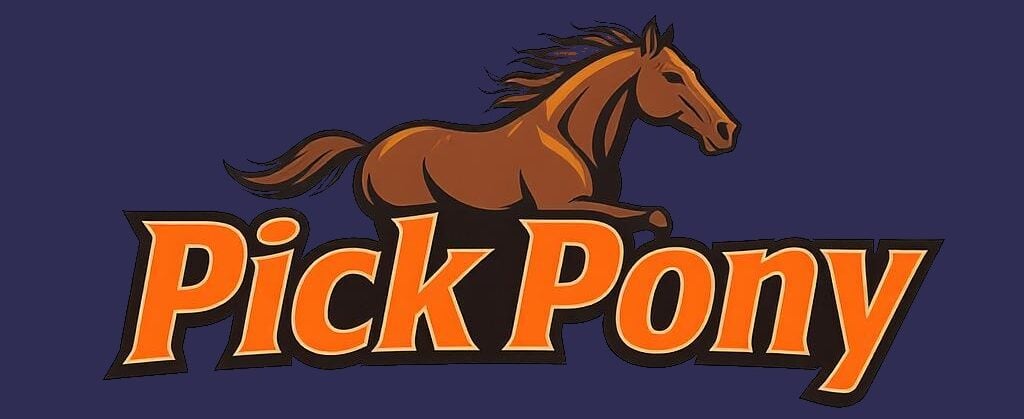A colt in thoroughbred horse racing is a male horse that has not been gelded (castrated) and is typically under four to five years old. The term specifically applies only to young male horses and should not be confused with a foal, which refers to horses of either sex under one year of age.
In racing terminology, the age classification can vary slightly by region. In the United States, a colt refers to a male horse from birth to four years old, while in the United Kingdom, it specifically describes an uncastrated male from age two up to and including age four. Once a colt reaches five years of age, it becomes known as a “horse” or “entire” if it remains intact, or transitions to stallion status if used for breeding.
How Colts Perform as Racers
High-Profile Competition
Colts are frequently seen in prestigious races restricted to younger horses, making them prime contenders in marquee events like the Kentucky Derby. Their three-year-old campaigns are particularly significant in the racing world, as this is when many of the sport’s most important races take place.
Physical and Mental Development
Colts are known for being energetic, spirited, and full of potential. However, they are still developing both physically and mentally during their racing years. This means their conformation and fitness may evolve significantly during their early racing careers. Their youthful energy can be both an asset and a challenge, as they must learn to channel their natural vigor into competitive performance.
Tactical Adaptability
Modern successful colts demonstrate remarkable tactical versatility on the racetrack. They can adapt their running styles from stalking behind the pace to setting the early fractions, depending on race conditions. This adaptability gives jockeys strategic advantages and allows colts to compete effectively across different pace scenarios.
Performance Consistency
Well-bred colts often show impressive consistency in their speed figures even early in their careers. The best young colts can maintain competitive performance metrics across varying track conditions – from fast surfaces to sloppy tracks. This reliability under different conditions is particularly valuable given the unpredictable nature of major stakes races.
Market Value and Future Potential
Colts garner significant attention due to their dual potential – both as current racetrack competitors and as future breeding stallions. Their pedigree, race performance, and bloodlines greatly impact their market value, from yearling auctions through their racing careers. Successful colts who demonstrate both racing ability and desirable breeding characteristics can command substantial prices.
